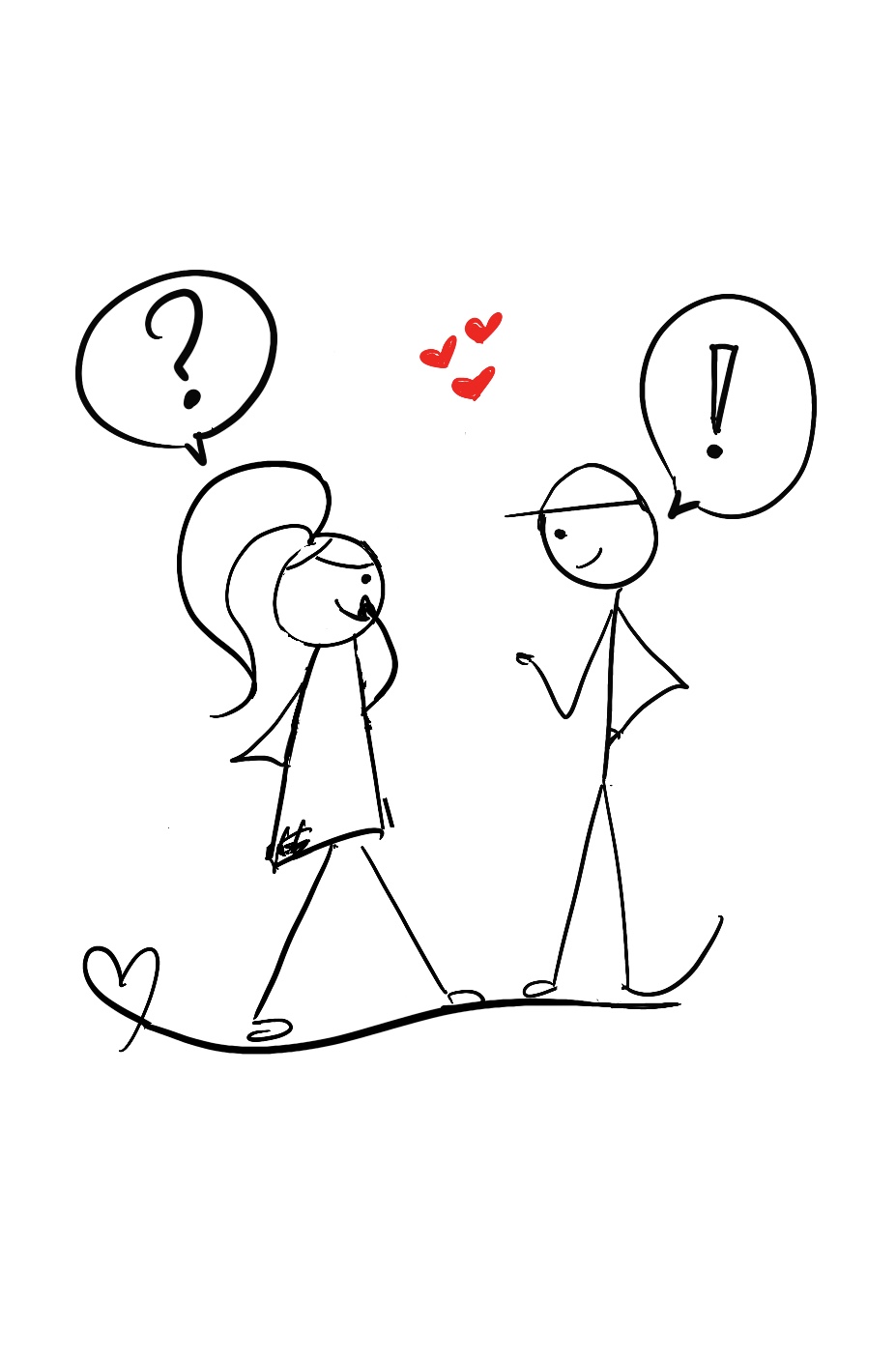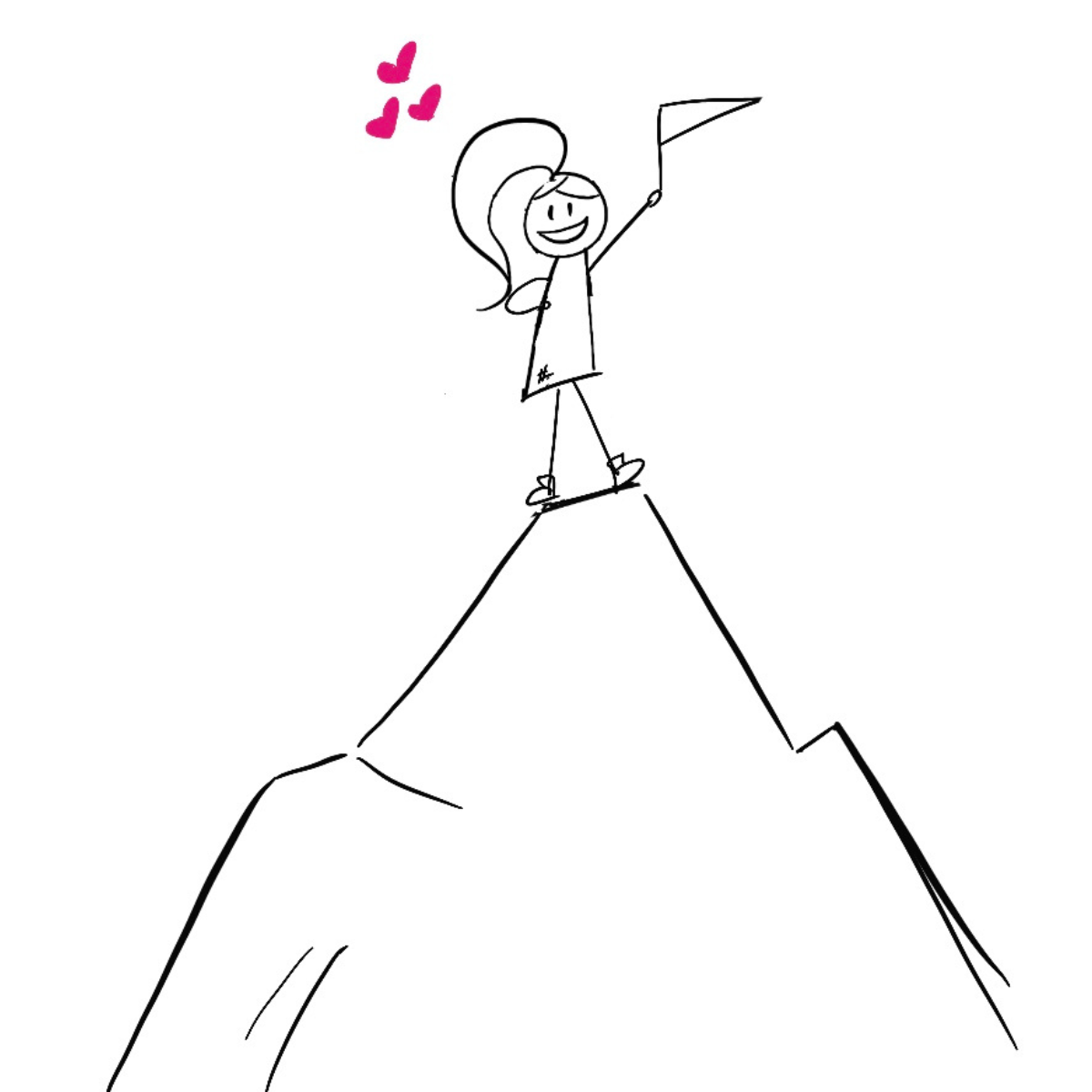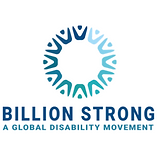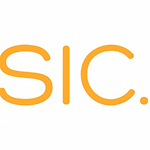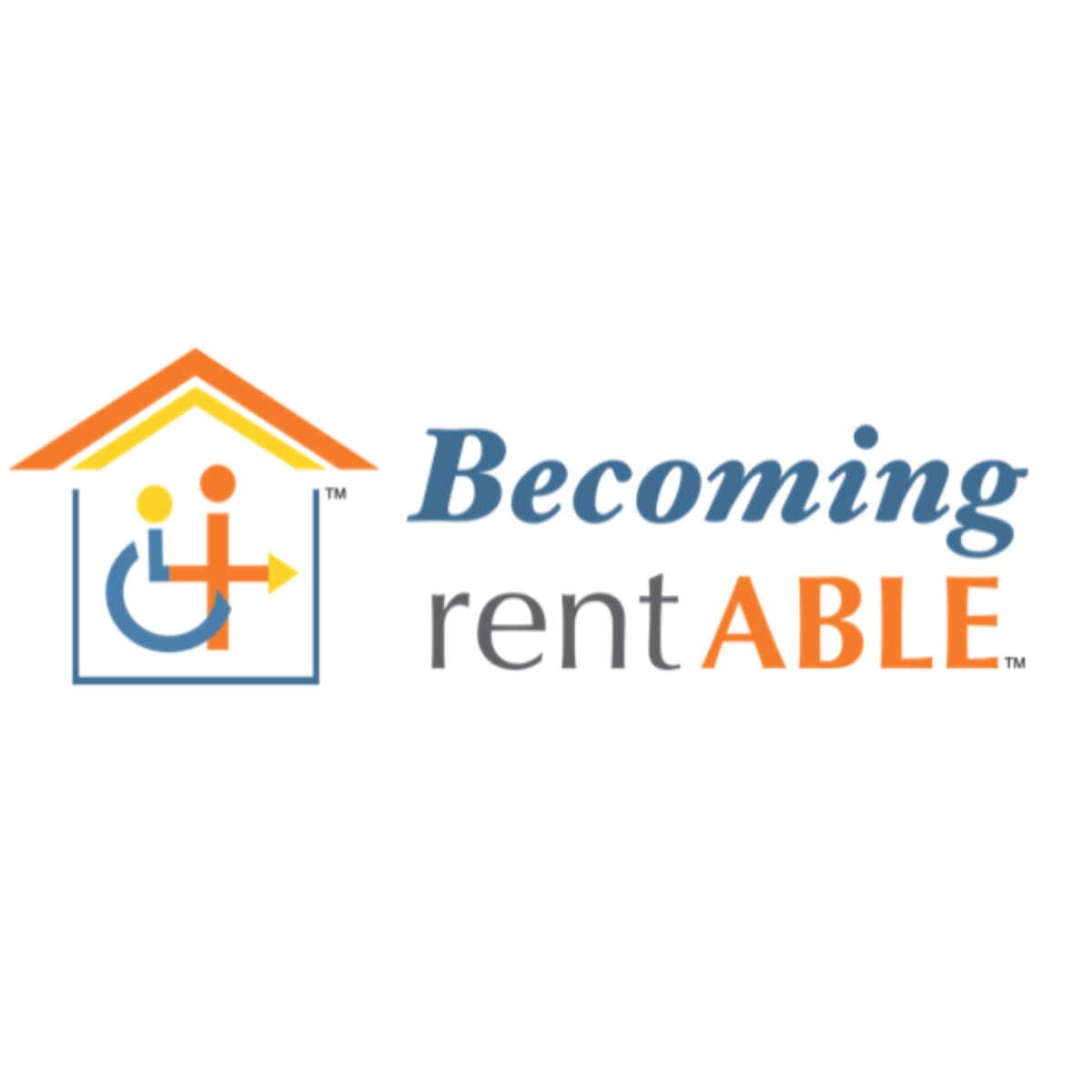Empower Inclusivity: 3 Powerful Solutions and Pro Tips to Overcome Ableism In Your Workplace
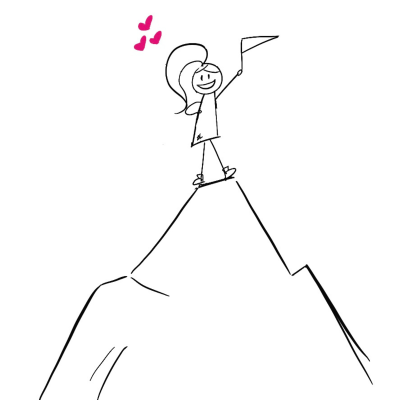
It’s hard, right?
You have so many things you could do.
Where do you even begin?
How do you cut through the noise, find the top solutions to overcome ableism, and transform your workplace?
One day, you think you know the answer, the next, you’re uncertain again. It's exasperating!
Guess what?
It’s as normal as a sunny day. I hear it from my clients all the time, and I’ve learned exactly how to deal with it.
In this blog post, you'll discover 3 powerful solutions to overcome ableism in your workplace including some of my favourite pro tips.
What is ableism?
Before we get started, let's clear up what ableism really is.
Ableism is such a common way of thinking, it's scary.
It's deep-rooted in our behaviours and our beliefs.
It creeps like a dark shadow in our workplaces, our schools, our language ... even the government.
From one side, disabled people are viewed as broken victims to be loved, taken care of, and protected.
From another, they're seen as people who receive too much kindness and social protection.
But I must let you in a little secret.
You see, I grew up around parents who plunged me into the lives of disabled people every chance they got.
They took me to school for blind people in Athens every second Friday showing them our guide dogs in training. Most evenings before bed my father sat on his wicker chair reading about guide dog training, while my mother cuddled around us kids on the sofa reading stories about Buddy, the first Seeing Eye Dog.
Now, my friend Mara, who's dedicated her life to educating her workplace about blindness for the last 6 years, says:
"For me, it's been an excruciating long journey. People just don't seem to understand that being blind doesn't mean I'm helpless. I try to explain how my guide dog helps me but still, many fellow employees look at me feeling sorry."
It's true, most people think being disabled means you can't get around.
You lack independence.
You depend on other people to do things for you at work.
That's ableism.
Ableism is when your belief system says your abilities are superior to those of a disabled person. It’s when you think non-disabled people are better than disabled people.
To top it off, our society wasn’t created with disabled people in mind, so the world we live in is at its core 'ableist.'
So, if you've been surrounded by ableist ways of thinking, it's natural that you've internalized them to some extent.
How can you change that in your workplace?
3 solutions to creating a disability-inclusive workplace
In my experience, people have a yucky habit of letting their ableism run wild and this includes the workplace.
I know I have.
For example, I remember family telling me:
"Lia, you'd forget your head if it wasn't attached to your shoulders."
Teachers would say:
"Stop twirling your hair. Why can't you just sit normal like the other students..."
So, I grew up thinking I'm not good enough, I don't fit in, and I learned it's best to hide this behaviour at work so that people don't think I'm weird ... or different.
This belief is damaging.
In fact, it's limiting and leaves us feeling bad about ourselves.
So, what can you do?
Solution 1: Confess your internalised ableism
The first step to ending ableism is to notice how you view a disabled person.
Because we’re talking about people.
These are your friends, your colleagues, even your loved ones.
Ask yourself, what influence do your own limiting beliefs have on your behaviour?
And, what changes would you like to see?
Then, engage with your disabled staff.
Dive into their unique needs and internalized ableism, share ideas, and join forces to supercharge disability inclusion and banish ableism from your business culture.
This is exactly what these two captivating disability-inclusive souls are doing at Unlearning Ableism.
Celia Chartres-Aris (Née Hensman) is a multi-award-winning Disabled Government special advisor. She's also a campaigner, lobbyist, researcher, and policy expert advocating for the improvement of Disability equity and accessibility inclusivity.
Jamie Shields is a multi-award-winning advocate, Disability consultant, speaker, and trainer who's registered Blind AuDHD Rhino. (Why Rhino? Jamies says it's because rhinos are just chubby unicorns with bad eyesight.)
Together this invigorating team is leading the way in Disability education for Disabled and non-Disabled people. They offer a broad suite of bespoke services focused on accelerating inclusive and accessible change.
They've also launched the Unlearning Ableism Podcast, a heartwarming LinkedIn live series that explores ableism in a safe, open space, perfect for everyone to learn, ask questions, and connect.
But let’s say you've done that. What's the next step?
There’s no exact science to it, but here’s the process I recommend:
Solution 2: Erase the ability and income gap
Did you know that if you’re a white, male, heterosexual disabled person you’re more likely to be accepted and included in the workplace?
On the other hand, if you’re a black, woman, and LGBTQ+ disabled person, well, not so much.
In fact, a recent study from the Economic and Social Research Institute reports that mental health conditions, intellectual disabilities, and autism are judged more negatively than physical or sensory disabilities.
It also showed that physically disabled women are judged more negatively than physically disabled men regarding workplace relationships.
These hostile gaps are like the flu; one person brings the bug and ten other people catch it.
What's more ...
If you’re a disabled person with a stable income — a grand education, and a fool-proof employment experience — you’re more independent, more cherished, and less vulnerable to ableism.
But, I hate to break to you ...
Most disabled people aren't independent, cherished, or strangers to discrimination.
In fact, according to Gitnux Market Data Report 2023:
- In the European Union, 47.4% of disabled people aged between 20 and 64 are employed, compared to 72.5% of those without disabilities.
- The unemployment rate for disabled people in the UK has remained almost twice as high as the rate for non-disabled people over the past five years.
- In the US in 2021, 21% of people with a disability participated in the labor force, compared to 67% of people without a disability.
So how can you erase the socio-economic ableist gap?
The key lies with your disabled employees.
You see, if your disabled employees are safely integrated into society they're open to wondering about how other disabled people live, and how your team can support their disability-inclusive journey.
What do I mean?
Let me explain.
In 2012 our guide dog school hired its first disabled "long-term unemployed" employee, Alex.
Alex saw the possibility of disability inclusion everywhere and the potential in everyone. His captivating energy helped our team turn ideas into action.
As austerity packages, protests, and fury unleashed in Athens, funding slumped. Our marketing budget shrunk, and the marketing team felt like a balloon, squeezed and deflated.
Mid 2013, Alex helped organize the disability hub and 3 online brainstorming sessions. Our team came up with low-cost marketing ideas our guide dog handlers could lead and funding increased by 6.8% in 2014.
We did this by uniting our collective voices and supporting each other.
So go ahead.
Move beyond just recruiting.
Make the effort and genuinely include marginalized and economically underprivileged disabled people in your workplace.
And, do what it takes to empower their full participation.
Now let's go over how you can use a safe, heartwarming space to supercharge your own disability-inclusive workplace.
Solution 3: Make accessibility inclusive for everyone
Did you know ableism depends on the workplace setting and the type of disability?
That's right.
According to the 2023 study from the Economic and Social Research Institute, employers are more likely to hire a candidate with a spinal disorder than a candidate with an anxiety disorder.
As you can see, productivity is a virtue.
A prize to win.
And, as long as you keep giving perks for a distinct type of productivity, ableism isn’t going anywhere.
How can you change this?
Make sure accessibility gets the same love and attention as everything else you create.
Make accessibility your design mantra across hiring, designs, products, and services.
For example:
- Design an accessible website.
- Design your building to be accessible for a wheelchair user.
- Include braille descriptions and tactile lines for a blind person.
- Create calm spaces for neurodiverse people.
- Offer a deaf interpreter for Deaf people.
Now, this list isn’t complete but the idea is to extend the value of human welcome to include the needs of every disability group.
Why is this important?
For starters, when we open ourselves up and empathise we allow ourselves to grow. We become better humans. And, we make the world a more inclusive home for all.
One of my top picks is WelcoMe.
WelcoMe is a free web-based communication tool.
It connects your staff with disabled visitors before they step through your door.
And it doesn't stop there!
It also shares quick-to-digest information on best practices to meet individuals' bespoke needs.
So, the platform’s instant training means no more guesswork about additional support needs.
Now you can offer customer centricity sweetness, everyday.
And, that's when the most amazing thing in the world happens.
Your business becomes a more trustworthy destination.
What could be better than that?
Give your workplace a fresh start
It's not just a task.
It's an adventure!
Roll up your sleeves, spark your creative juices, and make this disability-inclusive transformation fun and engaging.
Team up with your disabled employees and create a vibrant, equitable workplace for everyone.
Empower inclusivity and overcome ableism.
I'm ready. Are you?

